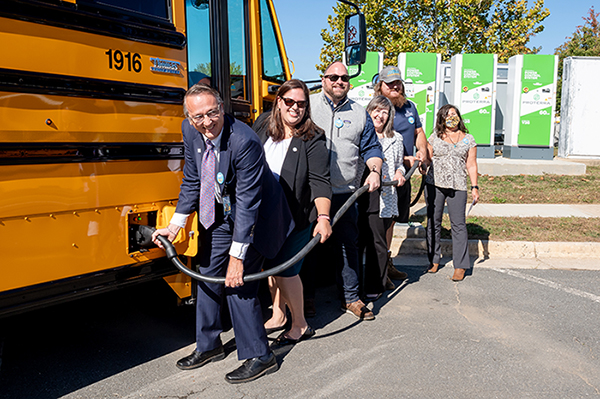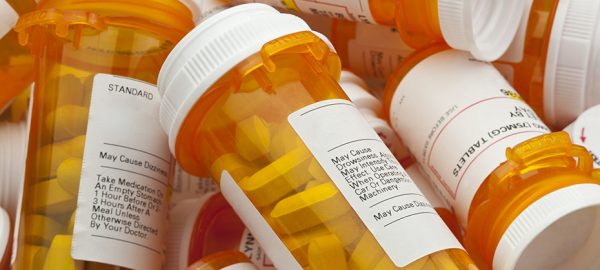The rise of STDs
For the past four years, the rate of STD infection has increased steeply

CVS pharmacy provides affordable and sometimes free check-ins, no appointment necessary.
Everyday, more and more teens are at risk of being exposed to deadly sexually transmitted infections (STIs) and diseases (STDs).
Many medical surveys released in 2015 have shown a spike in teenagers who have contracted STIs and STDs.
“It should be well known that teenagers should abstain from having any sexual activity until they’re older,” sophomore Isabella Rodas said.
As opposed to the results of the 2015 survey on people who have contracted STDs, there has been a decline in the number of people who have had sex in 2016.
This also led to a decrease in the amount of people who have contracted STDs or STIs.
The survey showed that teens and adults between the ages of 18-30, who reported having sex twice a month, has plummeted from 75% in the early 2000’s to 66% in 2016.
Gail Bolan, the director of the CDC’s Division of STD Prevention, said exactly that these two trends in sexual behavior were happening at once.
She thoroughly explained that the sexual behaviors known to be contributing to widespread STD transmission have almost nothing to do with how much sex people are having but instead, it’s the riskier sex that people have been having.
“Hearing about how many times Americans have sexual activity surprises me,” Rodas said. “But with the rise of STDs, you’ll never know when you might get it.”
In the study of STDs, the New York Times states that the rise of these sexually transmitted diseases are commonly found in minorities or young people.
This means that students at AHS are at a higher risk of contracting STDs or STIs.
The most common STD contracted by 15-28 year olds is chlamydia. Unfortunately, chlamydia rates are the highest. These rates counted for two-thirds of the diagnoses in 2015.
According to the Centers of Disease Control, the study on STD rates in the United States will be published this fall. This study will put everything into full effect such as demographic information on who is most affected.
In regards to chlamydia, Virginia was ranked No. 24 with a rate of 473.2 cases per 100,000. Washington D.C. has reported with the highest percentage once again.
Of the total 1,008,403 reported cases among the entirety of the nation, 63.1% of the cases were persons ages 15-24 years.
One dangerous sexually transmitted disease is syphilis. Syphilis itself starts as a painless sore.
However, when left untreated, it will cause rashes, swollen lymph nodes, and fevers within six weeks.
Among severe cases, syphilis may cause damages to the heart, brain, nerves, eyes, joints, bones, liver and blood vessels.
“I remember learning about this type of stuff in FLE class back in middle school,” senior Patrick Brown said. “Honestly, to just not even have this happen, just don’t be silly and wrap your willy.”
Contracting STDs can be extremely damaging to your life. While some of these diseases can be cured, many last an entire lifetime.
Once contracted, there is no undo button.
All three of these diseases can be cured with antibiotics, but if left untreated, there can be serious health consequences: infertility, pelvic damage, and organ damage.
However, it is entirely preventable.
“Personally, I always wear protection,” junior Kevin Gonzalez said. “Getting these diseases and hearing about all of these percentages really worries me.”
With all of these studies it really shows how dangerous any sexual activity is. Parents should teach teenagers more about the dangers of having sex. “My parents taught me and my little brother, Thomas, a lot about the dangers of sex.” senior Jon Figley said. “I will promise to abstain till marriage.”
Keeping these recent studies in mind, it’s clear to see that safe sex is the best sex.

Senior Henry Hoang is an In-Depth Editor for The A-Blast. This year is his last as an editor on staff. In his free time, he loves hanging out with his...

Senior Thomas Ray is a copy editor and this is his first year with the A- Blast. Thomas has been a law enforcement explorer for three years. When he is...










